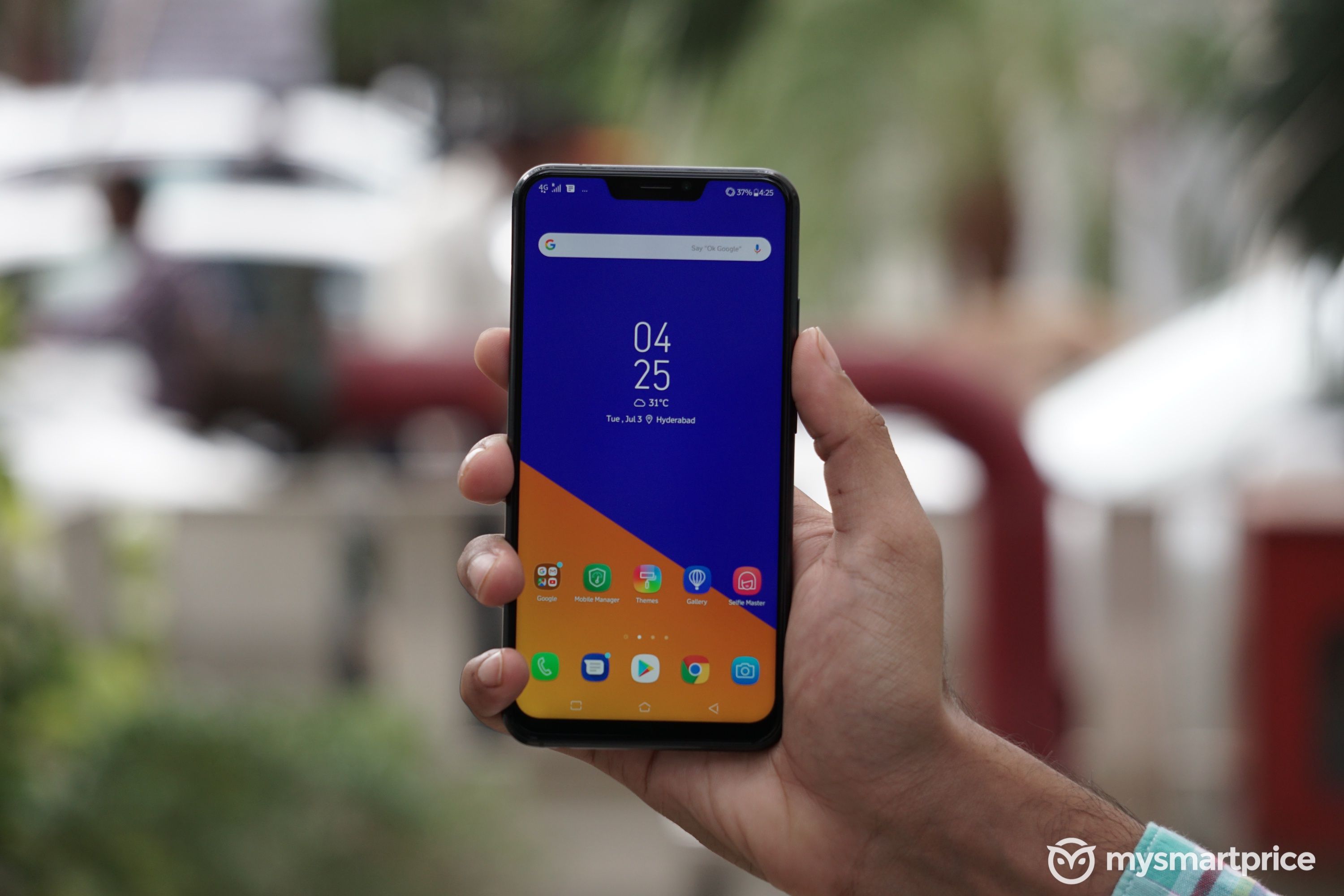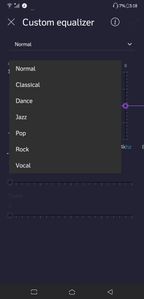
It was just a few days ago that ASUS finally announced the launch of their new flagship device – the Zenfone 5Z in India. I have been using the Zenfone 5Z as my primary smartphone for the past few days, and it is now time to pen my thoughts down in the form of this review. This time, however, things are a bit different. I am splitting this review into different articles. In this first article, I talk about the design and software aspects of the Zenfone 5Z.
ASUS Zenfone 5z: The Second Coming of the Notch

Announced earlier this year at the Mobile World Congress in Barcelona, the ASUS Zenfone 5z was among the first handsets to receive the display notch on the Android platform. However, by the time ASUS decided to launch the phone in India, the famed notch had become commonplace. This is perhaps why the design of the Zenfone 5z, at least initially, would not strike you. At first glance, it looks like one of the many notch-toting handsets that are already on sale in India. That is not to say that the 5z does come with a few design traits that I like. For example, the rear glass-clad rear panel looks classy and premium. The twin camera module at the rear barely protrudes out of the panel, unlike the iPhone X. Now that we are talking about the rear panel, I might as well add that the phone also sports an LED flash and a fingerprint scanner at the rear apart from the ASUS logo.
The notch area is where the phone houses the front-facing camera, the proximity sensor, a notification LED and the front firing speaker/earpiece combo. The volume rocker keys and the power button is located on the right side, while the hybrid SIM tray is located on the left side. At the bottom, you get a USB-C port, a 3.5mm audio jack, and the bottom firing speaker.
ASUS Zenfone 5z Software: Vastly Improved, But Still Catching Up
The ASUS Zenfone 5z runs Android 8.0 and a day before this review was written, the phone received a software update. Unlike the Zenfone Max Pro, the 5z runs ASUS’ ZenUI interface. Unlike the cluttered and bloatware filled UI experience that ZenUI was infamous for a few years ago, the latest version of the software is a lot leaner and comes with very few preinstalled apps. The handset suffered from continuous UI lag and slow animations during the first few days of the testing phase. I had to, in fact, turn off animations from within the developer options to make things better. Post the recent firmware update, however, the 5z software experience has turned out to be a lot better. One of the things I noticed was the fact that the bootup time for the phone was even lesser than that of the OnePlus 6. Once you boot the phone up, you can choose between two layout options. The default Android experience option requires you to swipe up from the bottom to access the app drawer.
To keep your personal data safe from prying eyes, you also get the AppLock option to block access to individual apps. ZenUI offers plenty of customisation options for the phone including their own themes and several scroll effects.
You are also given several font options to choose from to customise the home screen. To sum things up, I found the initial software experience clunky on the Zenfone 5z, thanks to the early firmware version the handset was on. However, things are now a lot better post the firmware update. All said the software is perhaps one of the areas where the Zenfone 5z falls short of its archrival – the OnePlus 6. That said, this can be easily fixed using a launcher of your choice.
ASUS Zenfone 5z: DTS Headphone X is Worthwhile
Most smartphones on sale today are quite capable devices as far as their multimedia capabilities are concerned. This is why most reviewers do not talk about the multimedia and audio aspects of a device in detail these days. The Zenfone 5z, however, is an exception. Apart from supporting Hi-Res 192kHz/24-bit audio, the 5z uses twin amps from NXP that claims to offer a premium audio experience. The phone is also DTS Headphone X certified. Within the sound settings, the 5z also gets the AudioWizard app that lets you fine-tune the audio output to suit your headphone/earphone. This app also includes audio presets and equalizer settings.
As outlined in my hands-on article, I tried the phone with my Bowers and Wilkins P3 headphones and was left impressed with the audio quality. Customising the output for the P3s left me with a wider soundstage, and the phone adapted well to the P3s mellow, neutral sound signature. Unlike the OnePlus 6, ASUS has shipped the phone with their premium ZenEarPro earphones inside the box. These earphones are among the best stock earphones that I have used. Unless you are a serious audiophile or happen to be someone who already owns a good pair of earphones, there is little reason to not use the ZenEar Pros.
In the second part of this review, I will talk about the display, and the build qulaity of the phone. Watch out for that article soon!






























